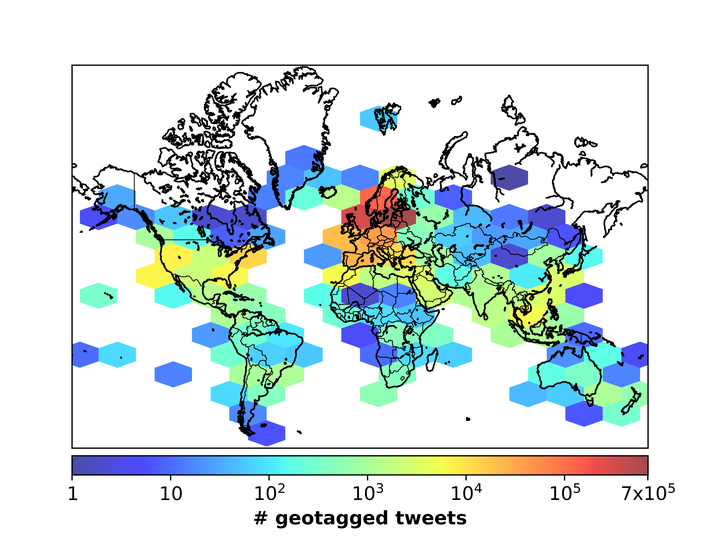Predictability in Human Mobility based on Geographical-boundary-free and Long-time Social Media Data
 Image credit: Yuan Liao
Image credit: Yuan LiaoAbstract
Understanding of predictability in human mobility benefits a broad spectrum such as urban planning and traffic forecasting. In human mobility studies, geotagged social media data are being gradually accepted as a user-contributed data source. It remains unclear to what extent we can use geotagged social media data to predict individual mobility. In the present study, a dataset is collected and applied which includes 652,945 geotagged tweets generated by 2,933 Swedish users covering time spans of more than one year (3.6 years on average). Based on such a dataset, human mobility predictability has been explored from three aspects: 1) time history of mobility range indicating how people diffuse in space, 2) entropy and the corresponding predictability of mobility, and 3) the limits of predictability dependent on geographical boundaries and mobility range. This study reveals a dataset that captures Twitter users' mobility where they routinely visit a couple of regions at most of the time and occasionally explore new regions. A 70% potential predictability is obtained by measuring the entropy of each individual’s geotagged activity trajectory using a half-day time interval. The predictability’s dependence on mobility range is prolonged when the observation of mobility is geographical-boundary-free which also decreases predictability.